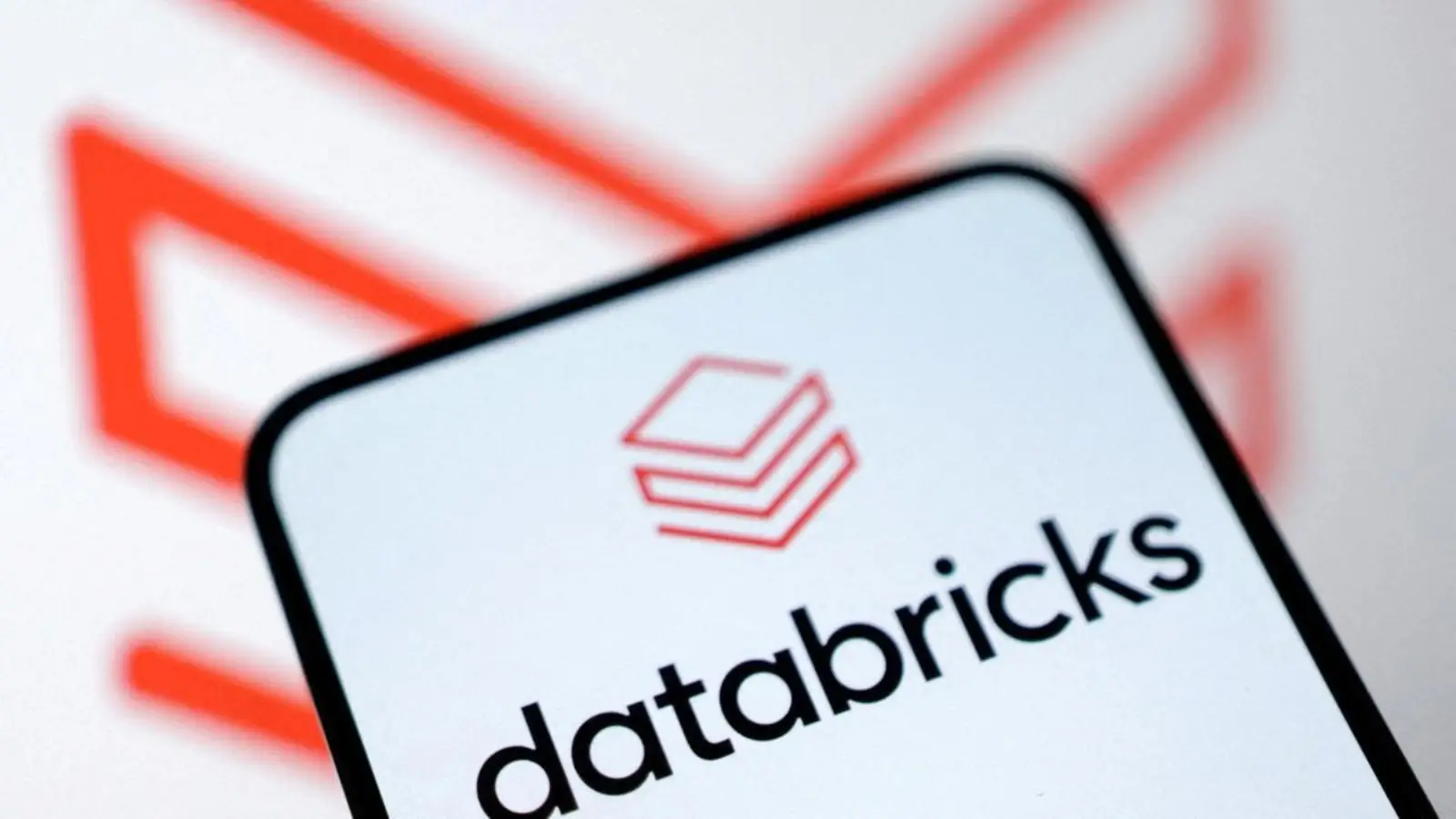The traditional model of fixed pricing is rapidly becoming obsolete as retailers embrace sophisticated algorithms to determine optimal price points in real-time. Dynamic pricing, once the exclusive domain of airlines and hotels, has now permeated virtually every sector of retail, fundamentally transforming how consumers experience commerce in the digital marketplace.
The Rise of Algorithmic Pricing
Dynamic pricing represents a seismic shift from static price tags to fluid, data-driven pricing strategies. Modern algorithms analyse vast datasets encompassing competitor prices, inventory levels, seasonal trends, and consumer behaviour patterns to calculate the most profitable price at any given moment. This approach enables retailers to maximise revenue whilst remaining competitive in an increasingly saturated market.
The sophistication of these systems has grown exponentially. Where early dynamic pricing models relied on basic supply and demand principles, today's retail AI solutions incorporate machine learning capabilities that continuously refine pricing strategies based on performance data. These systems can process thousands of variables simultaneously, from weather patterns affecting seasonal merchandise to social media sentiment influencing brand perception.
Benefits for Retailers and Consumers
For retailers, dynamic pricing solutions offer unprecedented opportunities to optimise profit margins. Companies can respond instantly to market fluctuations, clearing excess inventory through strategic price reductions whilst maximising returns on high-demand items. This agility proves particularly valuable during peak shopping periods, promotional events, and unexpected supply chain disruptions.
Retail Express, for example, a leading provider of AI-powered retail solutions, integrates seamlessly with existing retail infrastructure, enabling businesses to implement sophisticated pricing strategies without extensive technical expertise.
Consumers also benefit from dynamic pricing, though perhaps less obviously. Competitive algorithms drive prices downward during low-demand periods, creating opportunities for savvy shoppers to secure bargains. Additionally, dynamic pricing helps ensure product availability by adjusting prices to manage demand, reducing the likelihood of stockouts.
The Technology Behind the Curtain
Modern dynamic pricing platforms leverage artificial intelligence, machine learning, and big data analytics to create responsive pricing ecosystems. These systems monitor competitor pricing across multiple channels, analyse historical sales data, and predict future demand patterns with remarkable accuracy.
The algorithms consider numerous factors: competitor pricing strategies, inventory turnover rates, customer purchasing behaviour, seasonal variations, and external economic indicators. Advanced systems even incorporate predictive analytics to anticipate market changes before they occur, positioning retailers ahead of competitive curves.
Challenges and Considerations
Despite its advantages, dynamic pricing presents significant challenges. Consumer perception remains a critical concern, as frequent price changes can erode trust and create confusion. Retailers must balance profit optimisation with customer satisfaction, ensuring that pricing strategies don't appear exploitative or unfair.
Regulatory compliance adds another layer of complexity. Competition authorities increasingly scrutinise dynamic pricing practices, particularly concerning potential price-fixing or market manipulation through algorithmic coordination.
As retail AI solutions continue evolving, we can expect even more sophisticated pricing strategies. Integration with Internet of Things devices, enhanced predictive capabilities, and real-time sentiment analysis will further refine pricing accuracy.
Dynamic pricing has fundamentally altered the retail landscape, creating both opportunities and challenges for businesses and consumers alike. Success in this environment requires sophisticated technology, careful strategy implementation, and unwavering attention to customer experience. As algorithms become increasingly intelligent, the future of retail pricing lies in finding the optimal balance between profitability and consumer value.

















